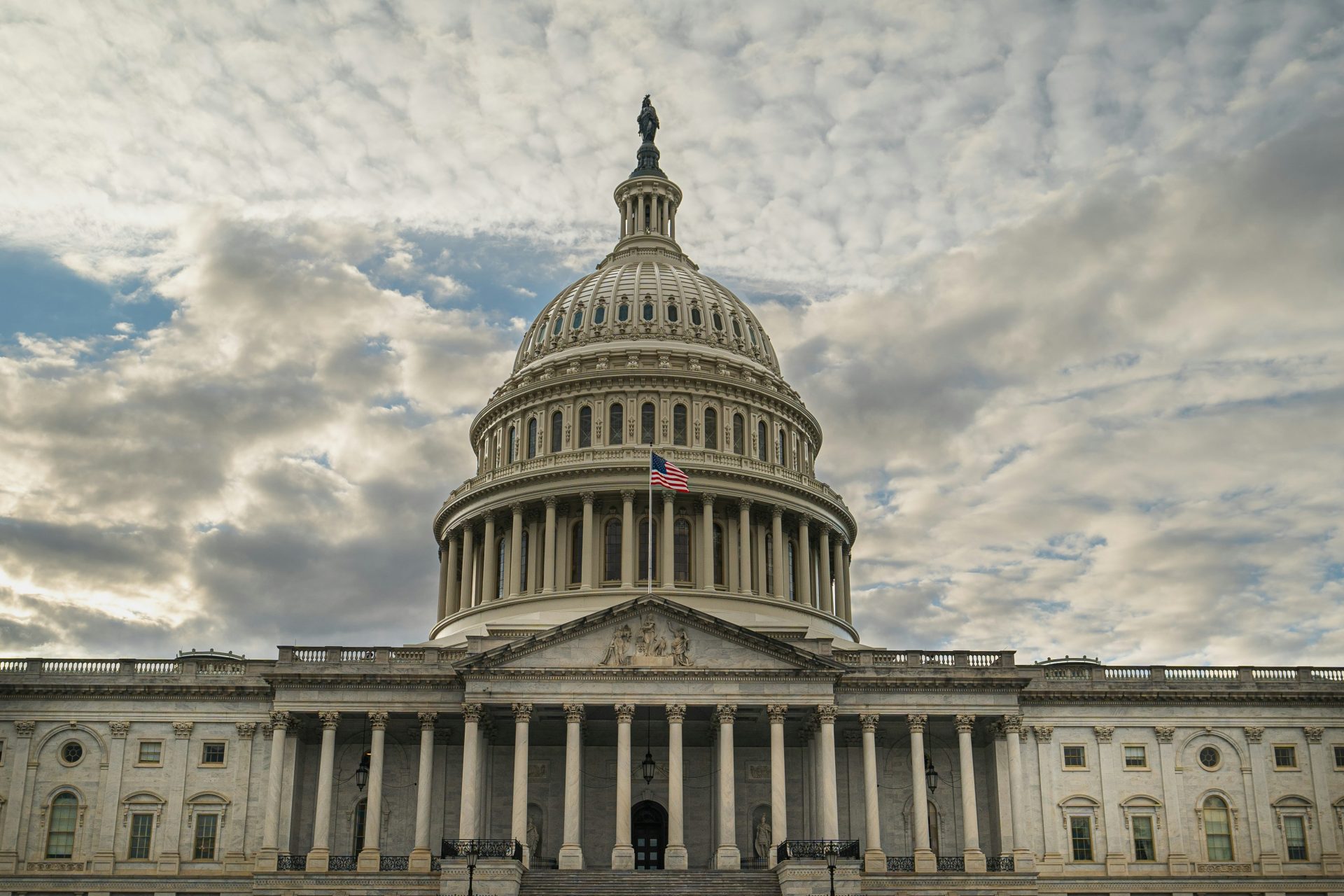On May 22, 2025, Congress passed a sweeping tax reform package unofficially dubbed the “One Big Beautiful Bill.” It builds upon the 2017 Tax Cuts and Jobs Act (TCJA) and introduces strategic changes for entrepreneurs, high-income earners, and real estate investors.
Let’s break down the most important parts of the law, what they mean for you — and how to use them wisely in 2025 and beyond.
1. 100% Bonus Depreciation Is Back (Retroactive to Jan 20, 2025)
Businesses can now immediately deduct 100% of the cost of qualifying assets (like furniture, equipment, or building components) in the year the asset is placed in service.
This is a massive opportunity for both business owners and real estate investors — especially when paired with a cost segregation study.
Real Example:
You purchase a short-term rental property for $950,000. A cost seg study identifies $200,000 of depreciable components (e.g., appliances, landscaping, carpets).
→ You write off all $200,000 in 2025.
If you materially participate in the rental (STR Loophole) or qualify for REP status, this paper loss can offset your W-2 or S Corp income — even if the property is cash-flow positive.
Unused losses? You carry them forward and apply to future years.
2. QBI Deduction Increased from 20% to 23%
The Section 199A deduction lets pass-through business owners deduct a percentage of their qualified business income.
Under the new law, this goes from 20% to 23%, giving business owners an automatic tax reduction.
Example:
Your S Corp pays you a $60,000 salary and shows $140,000 in business income.
→ Old QBI deduction = $28,000
→ New QBI deduction = $32,200
That’s $4,200 in extra tax-free income.
Note: The IRS may continue to limit this deduction for high earners in service-based industries (like lawyers or consultants). We’ll monitor IRS guidance closely.
3. SALT Deduction Cap Raised to $30,000 (with Limits)
The deduction for state and local taxes (SALT) is increased from $10,000 to $30,000 for households earning under $400,000.
This is a big win for taxpayers in high-tax states like California, New York, New Jersey, and Illinois.
But…
PTE Workarounds May Be Eliminated
The bill quietly proposes eliminating the Pass-Through Entity (PTE) workaround — a popular strategy that allowed S Corps and partnerships to deduct state income tax at the entity level.
If repealed, the effective deduction for state taxes could shrink — despite the higher cap — especially for high-income earners over the $400K threshold.
4. Opportunity Zone (OZ) Tax Incentives Are Expanded
The bill renews and expands the Opportunity Zone program — with enhanced benefits for rural zones and clarified rules for capital gains and ordinary income investments.
Key Benefits:
-
Step-Up in Basis: Investments in OZs get a 10% basis bump after 5 years, or 30% if the OZ is rural.
-
Ordinary Income Exemption: You can now contribute up to $10,000 of ordinary income into a Qualified Opportunity Fund (QOF) and exclude future gains on that amount (if held for 10 years).
Example:
You invest $100,000 in capital gains into a rural OZ fund.
→ After 5 years, your taxable gain drops to $70,000.
→ After 10 years, any appreciation is entirely tax-free.
5. Entertainment and Meals Are Back (Partially)
-
Entertainment: 50% deduction is now reinstated for qualifying business-related entertainment.
-
Meals: 100% deduction continues for meals with clients or prospects, as long as business is discussed.
Example:
You spend $4,000 on meals and $2,000 on client entertainment.
→ Deduct $4,000 (100% meals)
→ Deduct $1,000 (50% entertainment)
→ Total deduction: $5,000
6. Expanded Child and Family Tax Benefits
-
Child Tax Credit increases to $2,500 per child through 2028, with a permanent $2,000 baseline after that.
-
Standard Deduction increases, particularly benefiting seniors.
This is a return to the generous family benefits seen under the TCJA — with slight enhancements.
7. MAGA Savings Accounts
A symbolic but headline-grabbing part of the bill, these accounts give every child born between 2025 and 2028 a $1,000 government-seeded account — potentially functioning like a 529 or Roth-style investment vehicle.
No direct planning moves here yet, but stay tuned.
Final Thoughts: What Should You Do Now?
Taxfully is already helping clients prepare for these new rules — because timing matters more than ever.
Here’s how to stay ahead:
-
Use bonus depreciation while real estate prices hold — even if you don’t need the write-off today, carryforward losses are gold.
-
Revisit your business structure — especially if you relied on PTE deductions that may disappear.
-
Run the numbers: See if the higher QBI deduction or expanded SALT cap changes your 2025 planning.
-
Get clear documentation: Especially if you’re claiming STR or REP status to use depreciation losses effectively.




